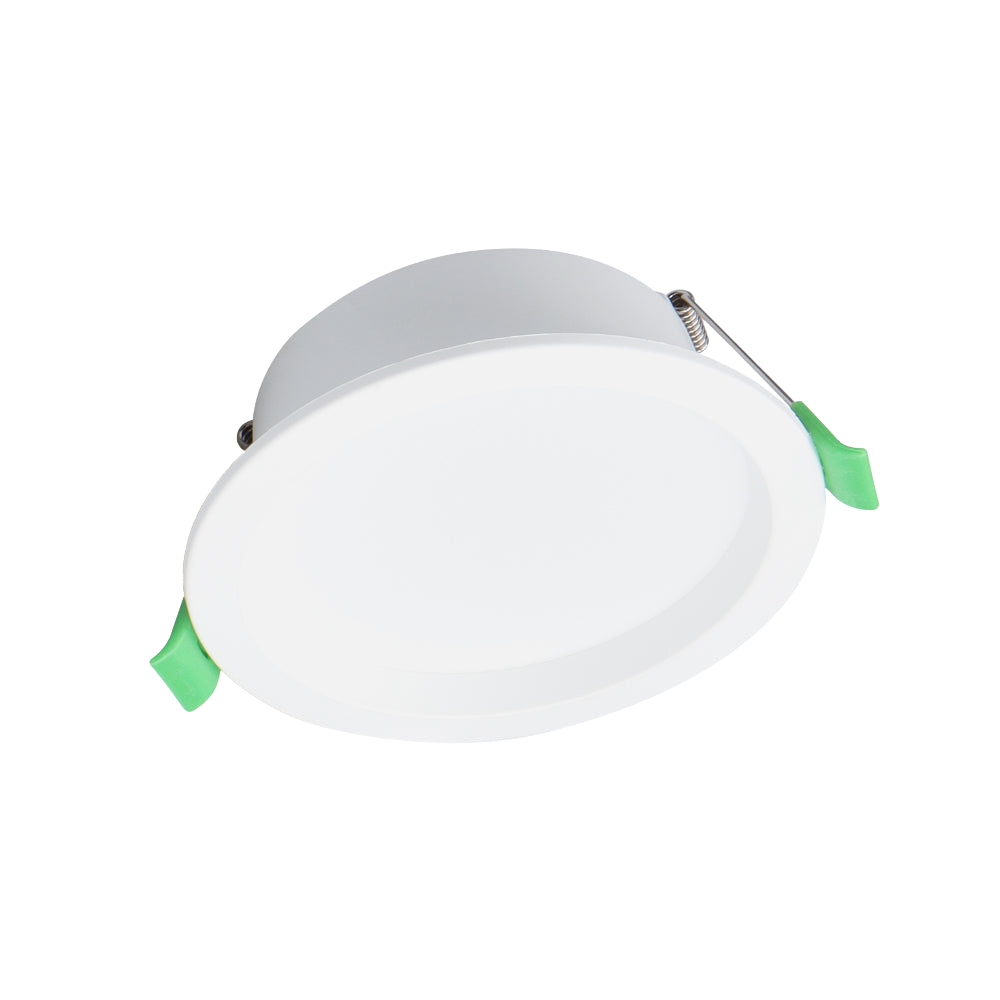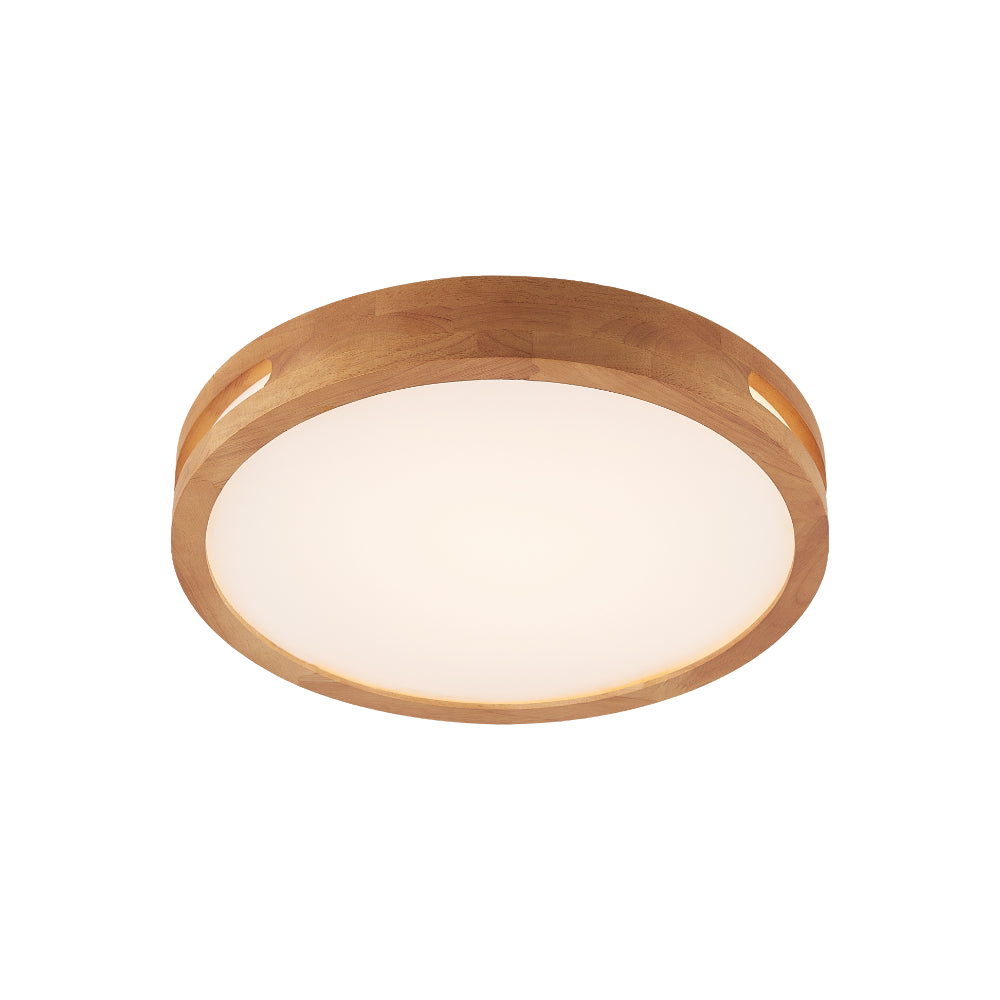Corner Bathtub Buying Guide: What to Know Before You Choose
Corner bathtubs are great when space is tight, but you still want comfort. This guide walks you through what to look for, including bath sizes, layout types, features that matter, tapware options and cost help you choose the right one for your bathroom.

This beautiful Fienza corner bathtub is a serious space-saving centrepiece.
What is a Corner Bathtub?
A corner bath is designed to fit snugly into the corner of your bathroom, usually with two straight edges that meet at a right angle and a curved or angled front. It’s a smart option for small or awkward bathrooms where a full-length bath might not fit, or when you want to make better use of space that’s often wasted.
Unlike standard rectangular baths, corner tubs make the most of the room’s footprint without needing a long wall. That means you can often get a deeper soak in a more compact layout, or add built-in ledges around the edge for storage or styling.
Why Choose a Corner Bathtub?
- They free up wall space. Great for bathrooms where layout is tight or shared with a shower or vanity.
- They feel spacious without needing extra length. Most corner baths are shorter in one direction but offer more internal depth or width.
- They work in both family and ensuite bathrooms. Good for bathing kids or creating a private soak zone.
- They’re versatile. Many are designed to suit left- or right-handed layouts, so you can match your plumbing setup.
What Size Corner Bathtub Should You Choose?
Corner bathtubs come in a range of sizes, but most fall between 1300mm and 1600mm along each wall. This makes them ideal for bathrooms where space is tight but you still want something that feels generous once you’re in it.
Standard Corner Bath Dimensions in Australia
- Compact options: Around 1300mm, ideal for small bathrooms, ensuites or apartments
- Mid-size: Around 1400–1500mm per side – more room to soak without overpowering the space
- Larger formats: 1600mm+ – suited to bigger family bathrooms or dual-use bath-and-shower setups
Many corner baths have an offset design, meaning one side is longer than the other. This lets you tuck the bath into a tricky spot while still getting a full-length soak.
How to Measure for a Corner Bath
- Measure both adjacent walls where the bath will go – don’t assume they’re the same length
- Check clearance around the front edge – you’ll need at least 600mm of space in front of the bath for safe access
- Consider surrounding fixtures – leave room for vanities, toilets, or a shower screen if you’re doing a combined setup
- Double check plumbing – make sure the waste, overflow and mixer location suit your chosen layout (left or right entry)
If you're working with a small footprint or awkward layout, corner baths are often easier to fit than a full-sized freestanding or inset bath. Buildmat’s corner bath range includes compact options that still feel roomy, with clean lines that suit both modern and traditional bathrooms.
This Decina bathtub is an example of a freestanding corner tub.
Decina 1500mm Natalia Back to Corner (Left Corner) Freestanding Bath with Overflow Gloss White
Features Back-to-corner design (Left Cor..
What’s the Difference Between Freestanding vs Built-In Corner Baths
When choosing a corner bath, one of the first decisions you’ll need to make is whether to go freestanding or built-in. Both have their benefits, but they suit different spaces, budgets and installation setups.
Freestanding corner baths
These sit directly on the floor with no tiled surround. They’re designed to be seen from all angles and are great for making the bath feel like a feature — even in a corner layout.
Pros:
- Visually striking and sculptural
- Easier to install if you’re not retiling walls
- No need for a hob or tiled edges
- Easier to access for cleaning around the base
Considerations:
- You’ll need a level, sealed floor and enough space around it
- Floor-mounted or wall-mounted tapware may be needed
- Not all corner baths come in freestanding styles
Built-in corner baths
These are installed into a tiled frame or hob that meets the wall. They’re often more practical in family bathrooms or when pairing the bath with a shower.
Pros:
- Great for compact or shared-use bathrooms
- Easier to combine with a shower overhead
- Lets you build in ledges for storage
- Typically more budget-friendly
Considerations:
- Requires tiling and waterproofing
- Can feel more enclosed if not styled carefully
- Needs a bit more installation work upfront
What Features Matter Most in a Corner Tub?
Once you’ve picked a size and layout, it’s the smaller design details that can make or break how your bath feels to use. Corner tubs are all about working smarter with the space, but that doesn’t mean cutting corners on comfort.
1. Shape
Corner baths come in different internal shapes. Some are true triangles with three equal sides, while others are offset or have a longer edge on one side. Offset designs are often more comfortable for full-body soaking and feel less cramped.
2. Depth
Shallower corner baths (under 400mm internal depth) are fine for kids or quick rinses. But if you want to relax properly, go for something 450mm+ deep. That’s enough to comfortably submerge your hips and shoulders without feeling squashed.
3. Integrated seat or ledge
Some corner tubs have a built-in seat or step, which is useful if you’re bathing kids, shaving, or want an easier way to sit upright. Others have wider rims that double as a shelf for bath salts, candles or even a towel.
4. Overflow and waste placement
Double-check that the bath’s waste location matches your plumbing, especially if you’re choosing between left-hand and right-hand entry. Some models also offer an integrated overflow for added peace of mind.
5. Material
Most corner baths are made from reinforced acrylic, which is lightweight and warm to the touch. For something more premium, solid surface materials offer better heat retention and a matte, stone-like finish.
This Fienza left-hand acrylic corner tub features an overflow, which is a great safety feature.
Fienza Hustle Left-Hand Multi-Fit Acrylic Bath with Overflow 1500mm White
INSTALLATION WARNING: Floor preparation ..
How Much Does a Corner Bathtub Cost?
Corner bathtubs typically cost between $1,500 and $4,000, depending on size, material and design. Here’s a general breakdown:
|
Type |
Price Range |
Best For |
|
Compact acrylic corner bath |
$1,500–$2,000 |
Small bathrooms, budget-friendly renos |
|
Larger or offset corner bath |
$2,000–$3,000 |
Shared bathrooms, deeper soaks |
|
Solid surface or sculptural corner tubs |
$3,500–$4,000 |
Luxe ensuites, high-end design features |
Freestanding corner-style baths tend to sit at the higher end due to their shape and finish, while built-in acrylic models are more affordable and easier to install.
Don’t forget to factor in:
- Plumbing and installation
- Bath tapware (floor-mounted or wall-mounted)
- Waterproofing and tiling if building a hob or surround
What Tapware Works Best With a Corner Bathtub?
Because corner baths sit differently to standard freestanding or inset tubs, choosing the right tapware is mostly about fit, flow and finish. You’ll want something that’s easy to reach, matches your layout, and works with the way the bath is positioned.
Wall-mounted tapware
For most corner baths, wall-mounted tapware is the go-to choice. It saves space, looks clean, and works well when your bath is pushed into the corner of two tiled walls.
- Best for: Inset or built-in corner tubs
- Benefits: Easier to clean, minimal footprint, flexible placement
Hob-mounted tapware
If your corner bath is built into a tiled hob, you can also use hob-mounted tapware installed directly onto the flat ledge around the bath.
- Best for: Custom-built surrounds with wide edges
- Benefits: Keeps all plumbing at bath height, good for family bathrooms
- Things to watch: Make sure your bath has a wide enough rim, and allow for waterproofing underneath
Freestanding tapware
Freestanding taps look great with sculptural freestanding tubs, but they’re less common with corner baths unless your bath is more of an open corner design (like a back-to-wall tub with a rounded front).
-
Best for: Designer layouts or feature tubs with clearance on both sides
Ready to Find the Right Corner Bath?
Whether you're working with a compact floor plan or just want a smarter layout, a quality corner bathtub can help you make the most of your space. From deep inset styles to sculptural freestanding designs, you'll find options to suit your bathroom and your style.
Explore Buildmat’s Corner Bath Range
Or browse our full bathtub collection to compare styles, materials and sizes.
More Bathroom Guides to Read
- Buying Baths: 5 Things to Consider to Help You Choose
- Standard Bathtub Size Australia: Will It Fit in Your Bathroom?
- Best Baths for Small Bathrooms and How to Save Space
Frequently Asked Questions
Can I install a shower over a corner bath?
You can, especially with built-in corner baths. Just make sure the bath has a flat enough base and high enough sides to work with a shower screen or curtain. Check that waterproofing meets Australian standards.
Are corner bathtubs comfortable?
They can be very comfortable, especially if you choose one with enough internal depth and a sloped backrest. Offset styles often give you more room to stretch out than triangle-shaped tubs.
Can a corner bath fit two people?
Some larger or offset corner baths can fit two people, but always check the internal dimensions. Look for a centred waste and dual-sloped design if you plan to share.
Do corner bathtubs come in left and right-hand configurations?
Yes. Many corner baths are available in left-hand or right-hand layouts, depending on where your wall plumbing sits and which way the bath is oriented. Always double-check the handedness before ordering, especially if you’re replacing an existing unit.
Can I replace a standard bath with a corner bath?
Yes, but it depends on your plumbing and space. Corner baths work best when you’re reworking the layout or have a compact footprint to play with. Keep in mind that changing from a standard to a corner bath may require new waterproofing and tile work.











































































































































































































































































































































